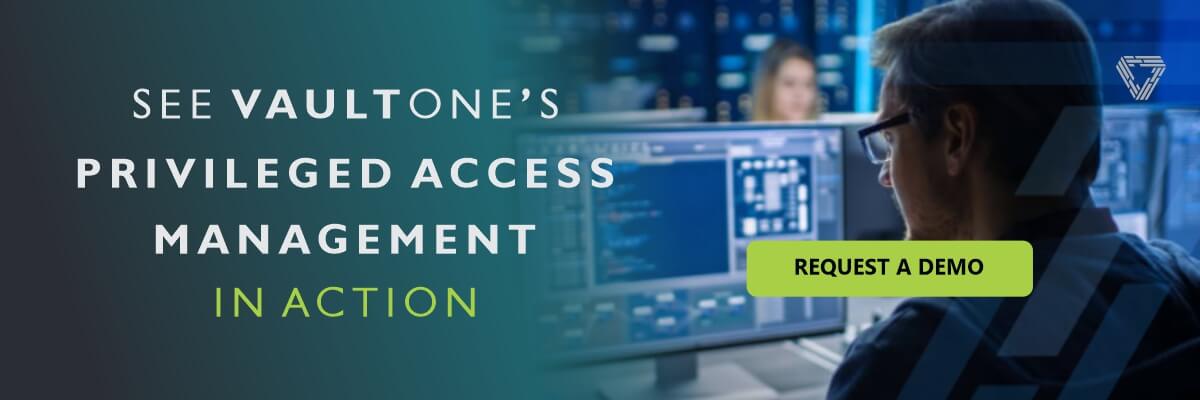Strengthen your company's security with the Zero Trust model
- Updated at
- By Naty Santos
- Secure Access, Security

Data is an Organization’s most important asset.
Finding the balance between mobility and data security is a challenge in the modern hyperconnected world, especially considering the current reality where there is no more perimeter.
More often, users and data are operating outside traditional IT defenses, placing a new burden on the organization’s data security.
New loopholes have emerged within the remote working model and the increased usage of the cloud, causing security gaps that can be exploited by hackers and malicious software.
Table of Contents
Zero Trust is transforming security in digital business
Based on the principle “Never trust, always check”, Zero Trust has proven to be essential to supporting remote work.
Assuming the lack of defense inside and outside the perimeter, the model ensures that employees access the company’s computers and systems within a controlled and secure environment, closing loopholes that attackers use to exploit as an opportunity for invasion.
Why the concept adheres to the home office
Considering that it is not possible to guarantee the security of where people are working and how they will access corporate networks, Zero Trust creates a robust defense, seeking to prevent, detect, and respond efficiently to security incidents. Zero Trust effectively protects an organization’s data from organized cybercriminals looking to steal information in return for economic, military, or political rewards.
Zero Trust requires a mature Security Policy
In the Zero Trust model, people and equipment are never considered reliable; for this reason, users, devices, and applications must be continuously checked before allowing any level of access.
This statement highlights the importance of organizations implementing policies that define access standards as well as the utilization of mechanisms to automate these authorizations and revocation of permissions.
Zero Trust requires privileged access management
To implement the model, it is necessary to make sure that all resources are accessed safely, regardless of their location. Privileged Access Management not only ensures safe access, it manages access privileges, tracks user actions, and ensures compliance within defined system policies.
Zero trust follows five steps to ensure information security
1 – Identifies sensitive data
2 – Maps the flow of sensitive data
3 – Architects the zero-confidence microperimeter
4 – Continuously monitors the Zero Trust ecosystem
5 – Adheres to automation and security orchestration
Challenges of implementing zero trust
According to the 2020 Zero Trust Progress Report survey of 400 cybersecurity decision makers, 72% of respondents claimed to be implementing or planning Zero Trust adoption projects.
In this same survey, the interviewees point out the following challenges for the implementation of the model:
- The excess of privileges in the accounts of its employees
- The difficulty of controlling access granted to business partners
- The vulnerability of the employees’ personal devices
Privileged access management (PAM) based on Zero Trust
It is recommended that the application of Zero Trust be done gradually and implemented by a specialist.
With VaultOne’s Zero Trust model, the organization maintains total control over who has access to data, systems, applications, infrastructure, and any other assets.
The model manages the company’s resources, ensures compliance with data protection legislation, and prevents cyber-attacks and data leaks.




